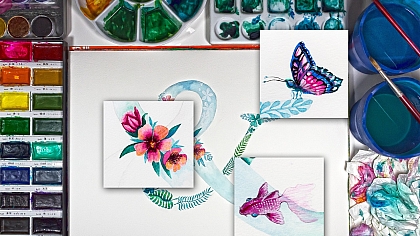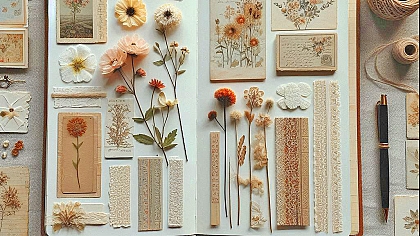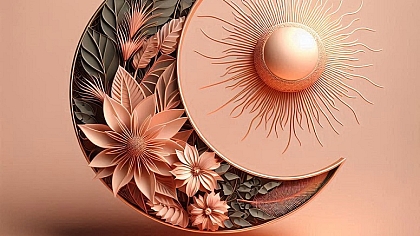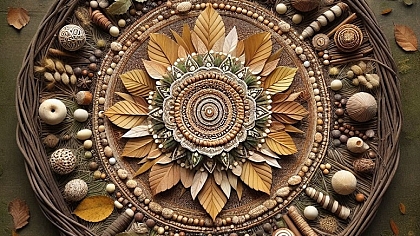
9 Different Painting Techniques That Will Inspire You
When people think of art the first thing that comes to mind is paintings and with good reason, every civilisation from around the world has used paint for self-expression and art. The oldest known paintings are approximately 40,000 years old and are believed to have been painted by the Neanderthals, showing that the art of painting has been intertwined with the human race.
Here are some of the different kinds and styles of paintings that have developed over the many years since humans have been using them as a form of expression.
Oil Painting
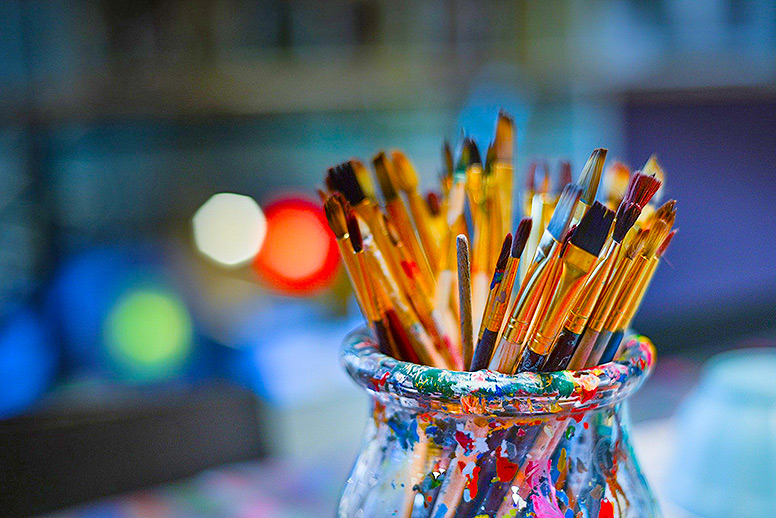
Oil painting uses oil paints, which are made from pigments and an oil medium, and is a very old painting technique dating back to 650 AD (the first oil painting was found in Afghanistan from this time, it was made by Buddhist monks travelling along the Silk Road).
Due to the features of oil paints, painting with them allows the artist to achieve more striking contrasts between transparent shadow and opaque light. Since the paint remains wet for longer, the artist can use this to their advantage and achieve a degree of complexity that otherwise couldn’t be achieved using other kinds of paint.
The most famous oil paintings include the Mona Lisa by Leonardo da Vinci, The Starry Night by Vincent van Gogh and Guernica by Pablo Picasso.
Watercolour Painting
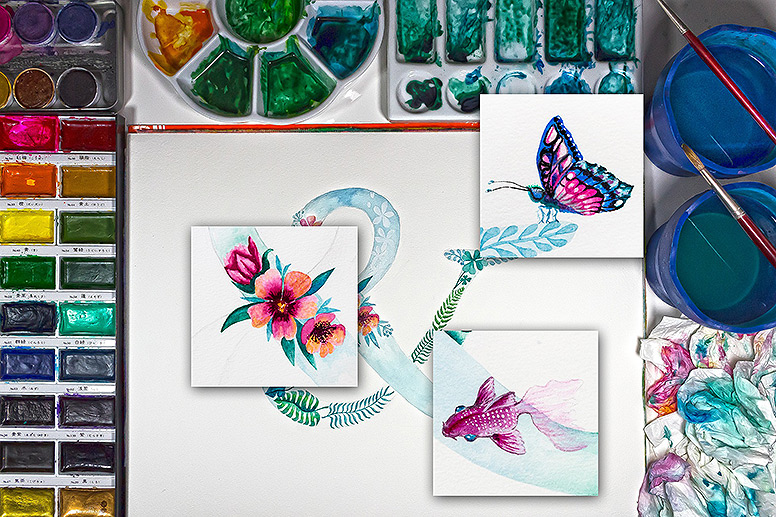
Watercolour paints are made from pigments suspended in a water-based solution; it is also one of the oldest forms of paintings and was used in the cave paintings during the Palaeolithic period in Europe.
Although there are examples of watercolour painting throughout human history, it became popular during the Northern Renaissance (a renaissance that occurred beyond the Alps north of the Italian one).
Watercolour painting became increasingly popular in 18th century England and the Victoria & Albert Museum has many spectacular paintings from this era.
Using watercolour paints can allow the artist to produce fine pieces of work with distinctive characteristics; due to the water-based nature blending colours becomes much easier and subtle details can be painted.
Vincent van Gough and Joseph Mallord William Turner are both famous artists who used watercolour paints in some of their works.
Acrylic Painting

Acrylic paints are made from pigments suspended in an acrylic polymer emulsion and are a more modern form of painting.
Due to the nature of the paint, it can be mixed with water or pastes to achieve different effects; acrylic paints are very dynamic and depending on what they have been mixed with, can either resemble an oil painting, a watercolour painting or something unique.
These features make this form of painting excellent for innovative artists who like to experiment with new ideas.
Since it is synthetic, acrylic paints are a fairly new invention and were developed in the 1940s but became commercially available in the 1950s.
Some of the most popular acrylic paintings include Letting Go by Randy L. Honerlah and Lanterns by April M. Rimpo.
Glass Painting

There are two forms of glass painting: enamelled glass and stained glass, the former is produced by painting a vessel using vitreous enamel and then melting it into the surface of the glass. Stained glass is produced by painting sheets of coloured glass, usually with black paint which is held together by lead.
Although there are many gaps in history where the technique seems to have been almost forgotten, the oldest example of enamelled glass dates back to ancient Egypt in the form of a blue jar found in the tomb of Thutmose II from 1425 BC.
Stained glass, which is commonly known for its use in church windows, actually dates back to ancient times and the Romans and Egyptians both produced spectacular pieces, some of which still survive today and can be seen in the British Museum.
Fabric Painting
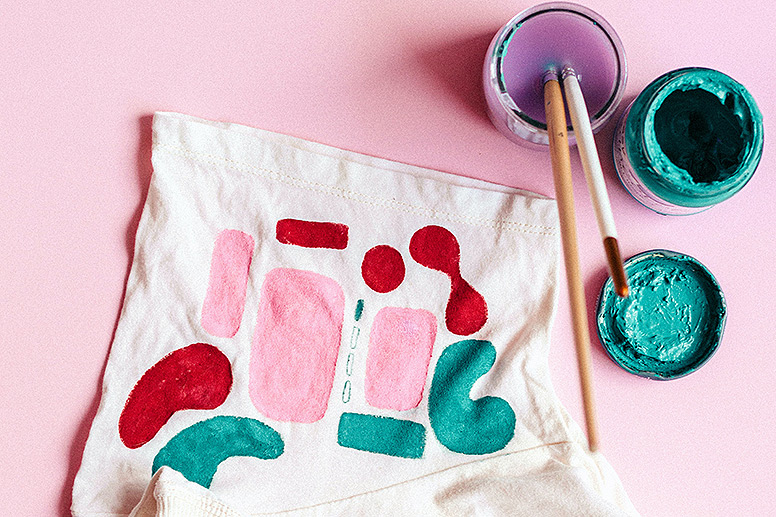
Fabric painting is an innovative form of painting and involves designs painted on fabric; either a piece of material or clothing. It is a great way to personalise items of clothing or simply just an interesting alternative to painting on a canvas or a piece of paper.
Ink Painting
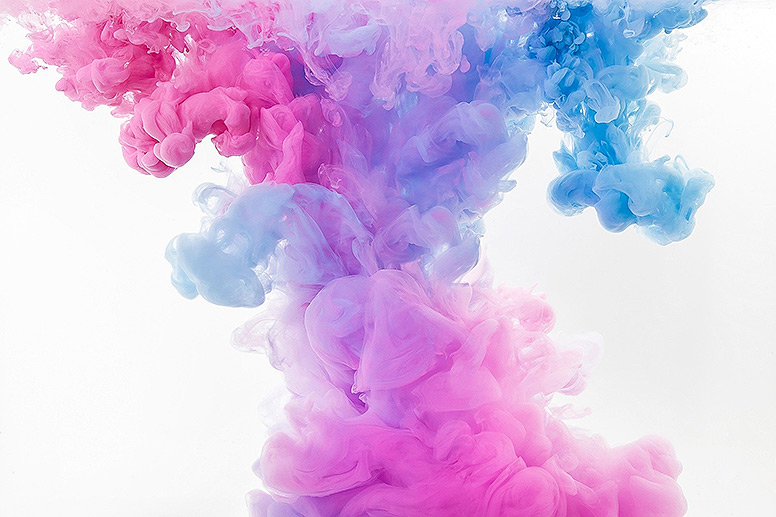
Also known as ink wash painting, ink painting originated in China during the Tang Dynasty (618-907) and developed into two distinctive styles: the Northern School and the Southern School.
The Northern School style is more clearly defined whereas the Southern School style is more expressive and free; ink wash painting was one of the “Four Arts” that were expected to be mastered by the scholar-official class in China.
Spray Painting
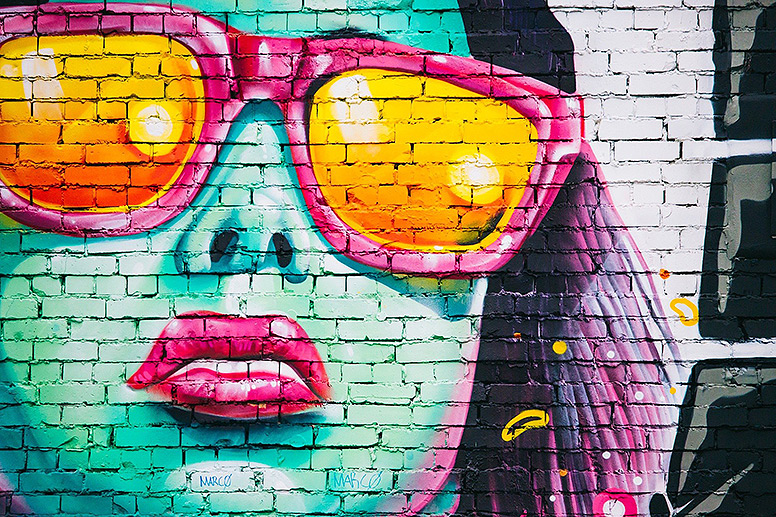
Spray painting is a form of art where the paint is applied to a surface via a spray gun or spray can. Due to the nature of spray painting and its potential to be sprayed quickly on a surface, it has become a popular form of street art and led to the creation of graffiti.
Graffiti is done all over the world and has many different forms and styles, one of the most popular graffiti artists is Banksy. Nobody knows the true identity of Banksy and this adds to the mystery of his work; his artwork is mainly politically and socially based with deep meanings.
The motives of Banksy and why he remains hidden are unknown but his art is spectacular and he is probably the most popular graffiti artist in the world.
Miniature Painting
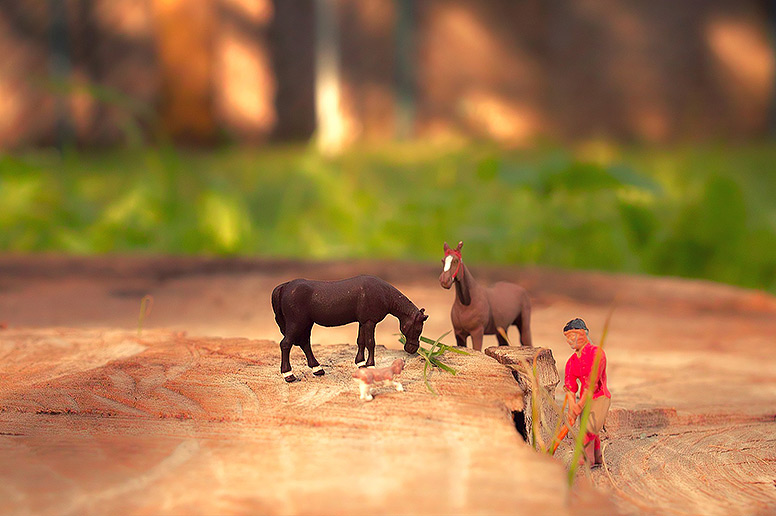
Putting flat surfaces to one side, miniature painting takes art to a whole new level. Whether it’s the railway sets with little steam trains that work or a wargaming army amassed on your kitchen table for battle, painting miniatures is a fun experience.
Some people enjoy painting models for display purposes and others paint them for tabletop gaming; whatever your preference, it is a fun and unique hobby which uses special paints for miniatures. The paints mimic life-like skin tones for painting humans and stunning metallic paints for vehicles and armour.
Digital Painting (A modern way to paint)

Not classed as painting but added to this list nevertheless, digital painting refers to the various phone applications and software which allow the user to digitally paint pictures.
